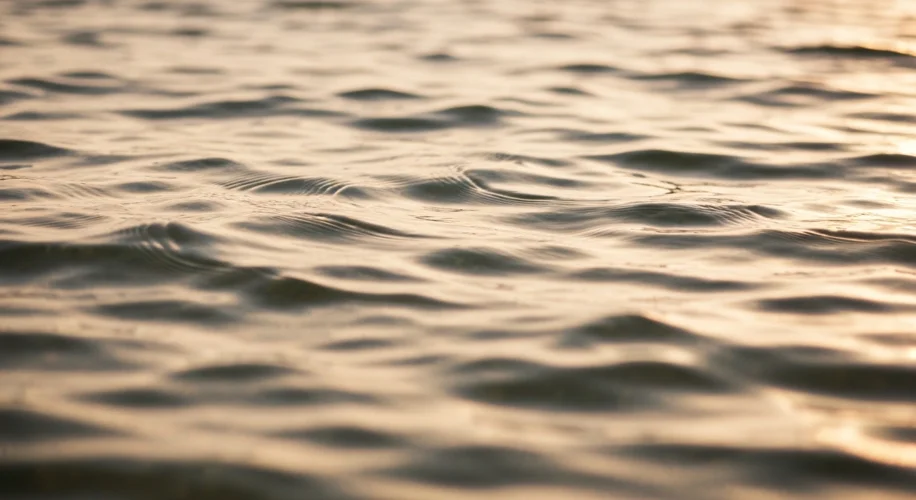Did you know that cases of a particularly nasty infection, often called “flesh-eating bacteria,” are on the rise? It sounds like something out of a horror movie, but scientists are pointing to a very real culprit: climate change.
As someone who studies our planet’s atmosphere, I’m always looking at how environmental shifts impact us. This is a stark example of how interconnected everything is. The bacteria in question, primarily Vibrio vulnificus, thrive in warmer waters. And as global temperatures climb, so do the sea surface temperatures in areas where these bacteria are found, like the Gulf of Mexico and the Atlantic coast.
What Exactly is Flesh-Eating Bacteria?
Let’s be clear: it’s not quite “eating” flesh in the way we might imagine. Vibrio vulnificus is a type of bacteria that can cause severe wound infections. When it enters the body, typically through an open cut or sore, it can multiply rapidly. In healthy individuals, it might cause localized illness. However, for those with weakened immune systems or underlying health conditions, the infection can become life-threatening, leading to bloodstream infections, blistering skin lesions, and shock.
The Climate Connection
So, how does climate change tie into this? It’s all about temperature. Warmer ocean waters provide an ideal breeding ground for Vibrio bacteria. As we’ve seen an increase in heatwaves and overall warmer average temperatures globally, these bacteria have found more hospitable environments to flourish. This means they can survive and reproduce in areas they previously couldn’t, and their populations are growing.
This rise in warmer waters is expanding the geographical range where Vibrio is a concern. Coastal communities, particularly those who enjoy activities like swimming, fishing, or shrimping, are now facing increased risks. It’s not just about swimming in the ocean; even handling raw seafood contaminated with these bacteria can be dangerous if you have open wounds.
What Can We Do?
While this sounds alarming, knowledge is our first line of defense. Here’s what we can do to stay informed and safe:
- Be Mindful of Water Conditions: If you live near or are visiting coastal areas known for Vibrio concerns, pay attention to local advisories. Avoid swimming with open wounds, and if you get a cut, clean it thoroughly immediately.
- Handle Seafood Safely: Cook seafood thoroughly. If you handle raw shellfish, wear gloves and wash your hands well afterward.
- Stay Informed: Keep up with public health announcements regarding water quality and potential risks in your area.
This isn’t about fear-mongering; it’s about understanding the tangible ways climate change can affect our daily lives and health. As we continue to address the larger issue of climate change, being aware of these specific health risks helps us adapt and protect ourselves and our communities. It’s a reminder that our environment and our well-being are deeply intertwined.

